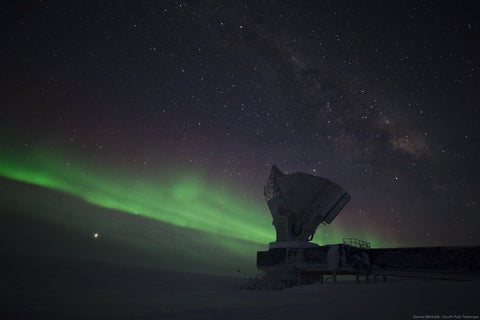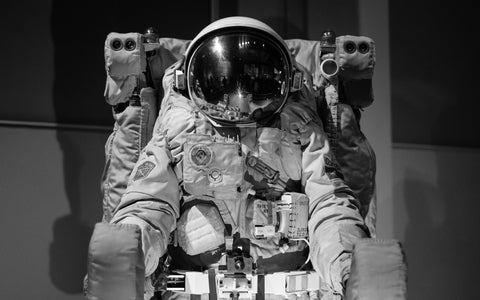
April 10, 2019 has been a historic day for the global scientific community. For the first time in history, scientists were able to capture an image of a black hole. Until this point, mankind has never truly seen the image of this phenomena in our universe. We had only observed the effects that a black hole has on the matter surrounding it. This is because the gravitational pull of a black hole is so extreme, even light cannot escape it. However, by capturing the light from the very edge of the event horizon, scientists were able to present this image to humanity.
The event horizon is the point of no return on the outer edge of a black hole. After passing this point, there is no way to escape the massive gravitational pull of a black hole and whatever matter or object will fall in. Event Horizon also happens to be the name of the massive telescope scientists used to capture this image of a black hole. The Event Horizon Telescope is actually a global network of synchronized radio observatories. There are eight observatories across four continents and six different mountain peaks. Two more observatories will be joining in 2020. Together they form a telescope roughly the size of the entire planet. Since 2015, the Event Horizon Telescope team has been collecting massive amounts of data and informing our scientific community with what they’ve learned.
The black hole observed is a supermassive black hole at the center of the universe Messier 87. This universe is located in the constellation Virgo, about 53.5 million light years away. The black hole in its center, pictured here, is 7 billion times more massive than our Sun. All universes probably contain a supermassive or stellar black hole, including our own. Another target under observation of the Event Horizon Telescope is Sagittarius A, a supermassive black hole which is in the center of the Milky Way. This black hole is only 26,000 light years away and 4 million times more massive than the sun. Messier 87’s massive size, however, makes it a slightly easier image to capture. The gasses swirling around M87 also move more slowly than Sagittarius A as well, making the M87 a clearer image.
This event took place a century after Einstein confirmed his theory of general relativity. He indicated that when too much matter or energy is concentrated in one place, space-time could collapse, trapping matter and light in perpetuity. This theory, while disturbing to many at the time, predicted the discovery of black holes in our universe. Although there is still much to learn about black holes, the significance of this black hole image is simply that it proves once and for all the existence of these mysterious objects in space, first theorized by Albert Einstein. No one knows exactly how these black holes formed or exactly what happens to matter once it passes the event horizon, but the Event Horizon Telescope team plans to continue to observe and record as much data as they can for the foreseeable future.






